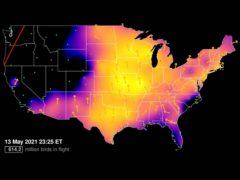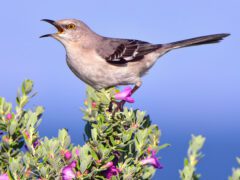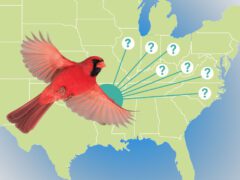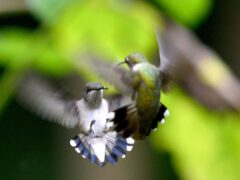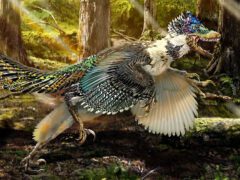The Four Keys to ID
- Size & Shape
A thickset waterbird, similar in size to many ducks, but with a longer neck and a heavy, pointed bill.
Relative Size
Almost as large as a Mallard; intermediate between Horned Grebe and Western Grebe.

 crow-sized
crow-sizedMeasurements
- Both Sexes
- Length: 16.9-22.1 in (43-56 cm)
- Weight: 28.2-56.4 oz (800-1600 g)
- Wingspan: 24.0-34.6 in (61-88 cm)
© Brian Sullivan / Macaulay Library
- Color Pattern
- Behavior
- Habitat
Regional Differences
North American (and eastern Asian) nesters are of subspecies holboellii, sometimes called Holboell’s Grebe, which has a yellower bill and paler back, cheeks, and neck than the smaller western Eurasian birds (subspecies grisegena).









